Ferrari 12Cilindri Walkaround: Passion, Precision & a 830BHP Naturally-Aspirated V12 Supercar
A brand new V12 supercar! In this era of downsizing and electrification, that’s about as rare as seeing a total eclipse and the Northern Lights on the same day. But if the V12 remains the heart and soul of the automobile, well, then, Ferrari is its saviour.
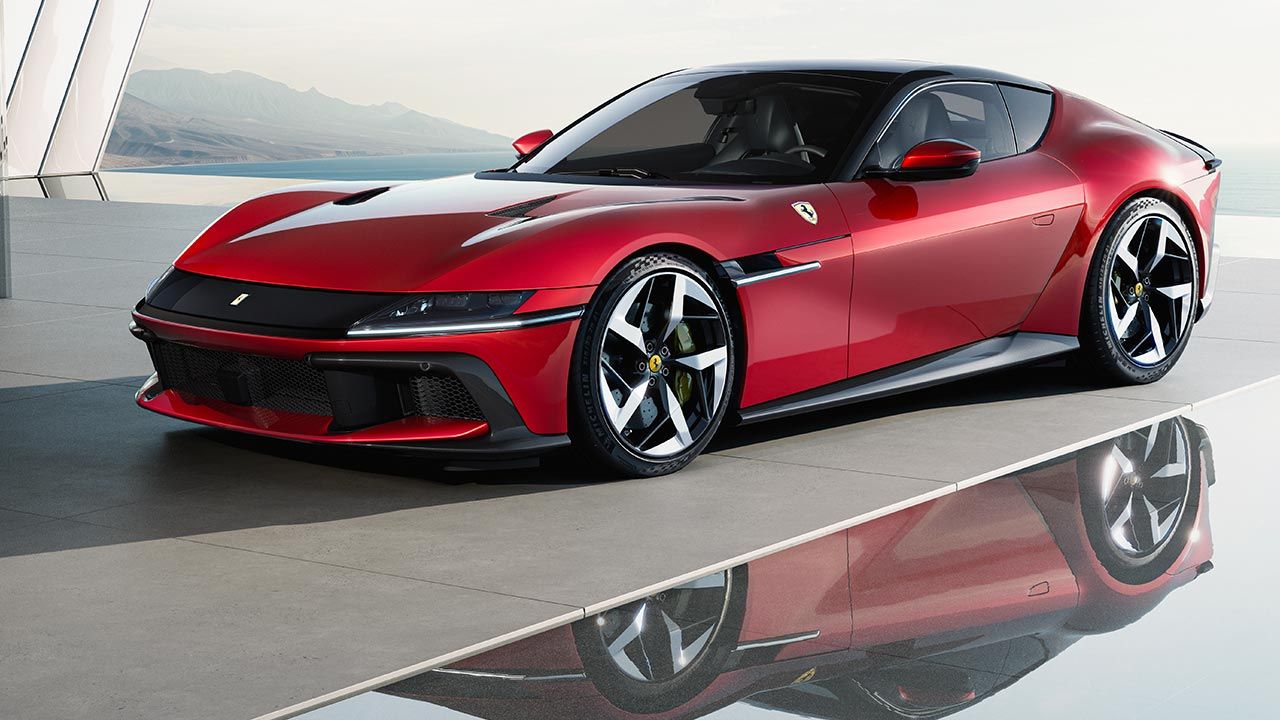
The King is dead. Long live the King…
Let’s say for a second that you’re not a car person – you wouldn’t be reading this if you weren’t, but for purposes of making a point let’s assume that anyway – let’s say that you’re going through the motions of life, the daily rigour as it were, which has the potential of blending everything into a dull greyscale at times. Well, that’s exactly when you need that flash of rosso – that flicker of blood red – to roar across the canvas, to awaken your soul, to give you hope, to inspire, to show you just what’s possible…
Well, in short, this is what’s possible! The 12 Cilindri (dodici cilindri), which translates to ‘12 Cylinders.’ They’re literally spelling out the number of cylinders in the name. Why, you ask? Well, because of how rare it is today to see the introduction of a non-electrified brand-new twelve-cylinder machine.
Don’t forget, the very first Ferrari – the 125 S from 1947 – had a 1.5-litre V12 designed by Giacchino Colombo. In fact, the Colombo V12’s were tweaked and developed all the way to 1988, and, of course, a Colombo V12 powers the most valuable Ferrari of all-time – the 1962 250 GTO. Enzo Ferrari once famously said that the V12 was the “original” Ferrari, and everything else was just a derivative. And so this brand-new model from the Prancing Horse catapults all that tradition and heritage smack bang into the future. It may be an uncertain future, but it’s one in which – thanks to Ferrari – the V12 will live on. And thank God for that. Or to be more precise, thank the Prancing Horse for that.
Watch the Ferrari 12Cilindri Walkaround:
What is it, exactly?
Well, that’s quite simple. It’s a brand-new, front-engined, two-seat, naturally aspirated, V12 Berlinetta (coupe) from Ferrari. But, more specifically, it’s front-mid mounted, because the engine sits just behind the centre line of the front axle, for a near 50:50 weight distribution (51.7:48.3 to be precise). The stunning 6.5-litre V12 under the bonnet produces a staggering 128 horsepower per litre, for a total of 830 horses and 678Nm of peak torque at 7,250rpm, with 80% of the engine’s torque available at just 2,250rpm, and a rev limit of (brace yourself) 9,500rpm.
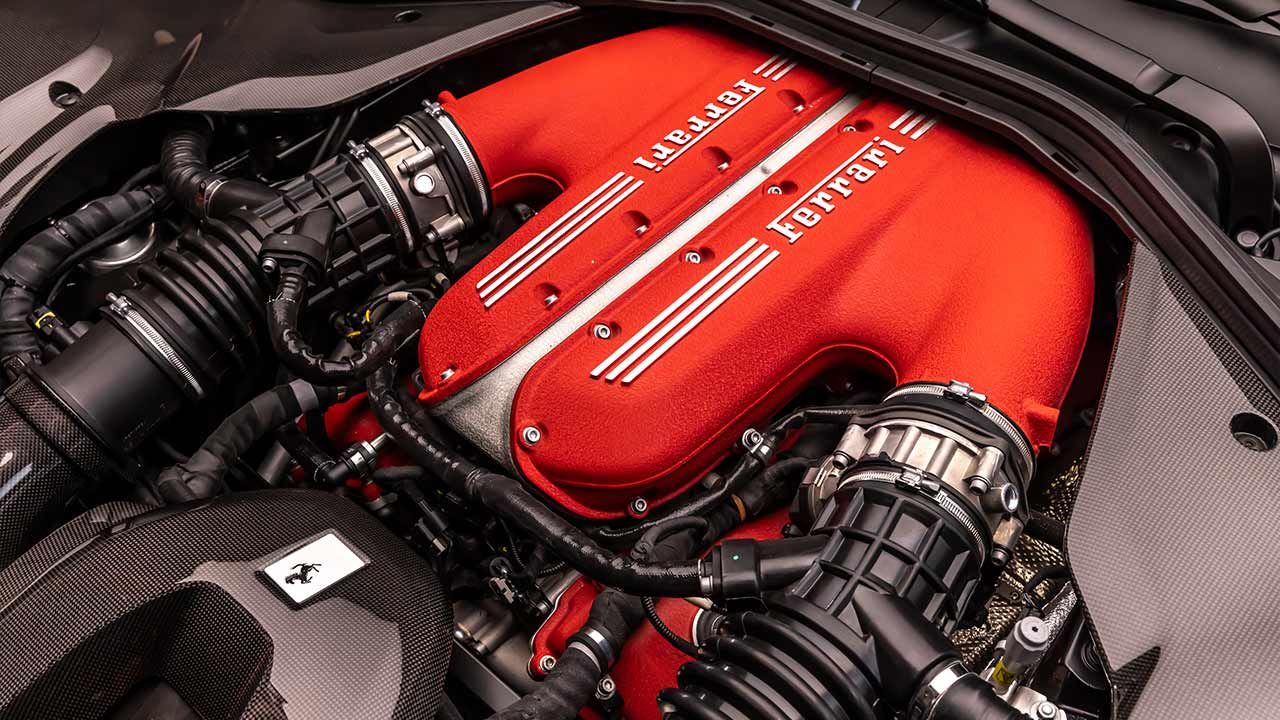
The engineers have, of course, used F1 tech to get the engine to rev that high, not to mention titanium connecting rods and a crankshaft that’s 3% lighter than its predecessor in the 812 Superfast. 100km/h comes up in 2.9 seconds and it’ll exceed 340km/h if you can find a stretch of tarmac that’s long enough. The important thing to remember, though, is the fact that this is a non-electrified motor that’s compliant with all the current emissions regulations – as well as those coming in 2026. And despite massive catalytic convertors to meet those regulations, it has equal length headers to ensure that it retains that signature V12 melody.
Gianmaria Fulgenzi, Chief Engineer for the project, says it best when he points out, “You have to test a V12 at least once in your life, otherwise it’s not a life” Harsh, but true! There is simply nothing quite like the smoothness, power delivery and sound of a naturally aspirated V12. The revs build seamlessly to a crescendo, and it really is an orchestra created by an even number of pistons working in unison to provide forward momentum in the most evocative manner possible.
The 12 Cilindri (remember you have to read this as dodici cilindri every time, otherwise you risk upsetting the Ferrari hierarchy, which is not something that I would recommend) is the latest in a long line of 12-cylinder GT cars from Ferrari. This model takes inspiration from the famous V12 Berlinettas of the 60s, the likes of the 250 and 275 GTB. But one look at this machine is all it takes to evoke memories of the successor to the 275, the 365 GTB – better known as the Daytona. It had that stunning wedge shape in the front, which was a clear departure from the past – a shape that is clearly visible as a modern interpretation today.

The Daytona is a car that I adore, and one that (in Spider form) I’ve had the pleasure of driving years ago. But I wouldn’t dare even whisper the word inspiration around Ferrari’s Chief Designer, Flavio Manzoni, because he firmly believes that the most amazing creations come from looking ahead – not behind. Of course, it’s only prudent to take inspiration from Ferrari’s rich heritage, but it’s more important not to be constrained by it. And so, this machine – four years in the making – evokes a new era in Ferrari design according to Manzoni. It’s a huge jump in modernity, and a reflection of the perfect blend of passion and precision. Frankly, I couldn’t agree more.
Where does it fit in Ferrari’s range?
The predecessor to this machine, the 812 Superfast, once sat at the top – as the ultimate expression of power and performance. But the naturally aspirated V12 was surpassed in the line-up by the SF90 Stradale – thanks to its V8 twin-turbo hybrid powertrain – which produces just shy of 1,000 horsepower. And so, the V12 now sits bang in the middle of the range, with the Ferrari Roma as the elegant Grand Tourer at one end and the SF90 as the ultimate performance car at the other – with the family friendly Purosangue (which incidentally also has a V12) somewhere in the middle. The 12 Cilindri is meant to wear the combined hats of performance and comfort perfectly, much like the Grand Tourers of the past – which were famous for scorching racetracks around the world, while also devouring the continents that connected them.
Also Read: The Porsche 911 GT3 RS, the 718 GT4 RS, a Racetrack and a Dream Debate
What party tricks does it have?
Well, plenty – but one in particular is the split rear wing. The rear spoiler is broken up into two flaps at the top of the rear haunches, rather than a single rear wing, which engages between 60 and 300km/h. Ostensibly this is done so that the boot has enough space for your luggage (or, whisper it, your golf set), as it doesn’t have to make room for a rear wing mechanism on the inside of the boot lid. The end result is a patented design that appears every bit as space age as the overall machine. It’s a very clever bit of design and engineering, and another sign that these two departments work very well together these days at Ferrari.
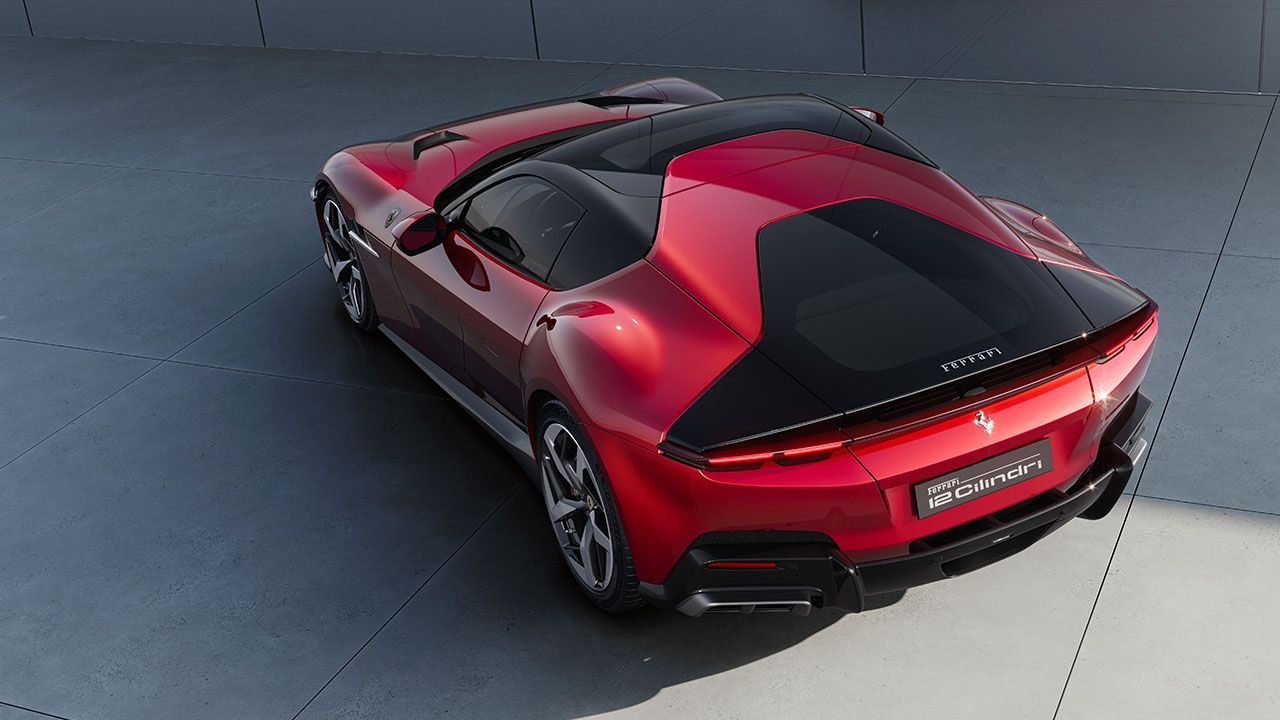
In addition to active aero, the 12 Cilindri also has rear-wheel steering, brake-by-wire – which can brake each corner independently – wheels cast out of a single block of metal, and a chassis that’s 20mm shorter and 15% stiffer than its predecessor. Of course, there’s a lot of aero going on in the underbody as well, such as 3 vortex generators in front, and 2 in the back, to feed a rush of air to the rear diffuser in order to keep this V12 machine glued to the road. It also has a brand new 8-speed dual clutch gearbox that shifts 30% faster than before. And, last but not least, amongst the party tricks has to be the front-hinged, single piece bonnet – the Cofango. This is done to ensure a seamless design and to avoid having those pesky shut lines on the front of the car. Of course, the impact of this beautiful bonnet is accentuated by the red crackle finish on the cylinder heads of the V12 engine it reveals. Of course, it’s a long bonnet – signifying the immense power its concealing – and a compact rear-set cabin that’s accentuated by the Delta-wing shaped rear windshield.
Inside, the cabin further emphasises that sense of modernity and purity, with its twin cockpit layout – which creates individual cocoons for the driver and passenger. Slip into the driver’s seat, and all you can say is that it fits like a glove.
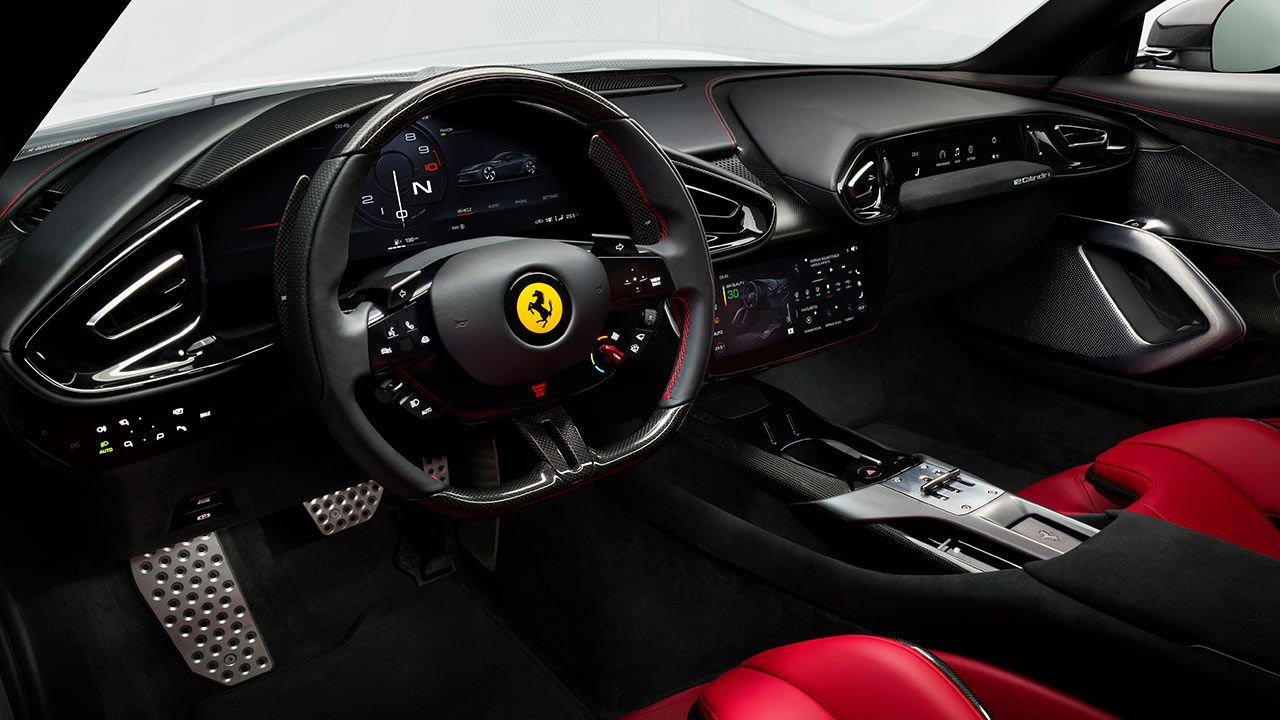
Manzoni describes the design of this machine as a work of art, and an act of love – and, really, it takes just one glance at it to agree wholeheartedly.
Also Read: Ferrari 12Cilindri is Here With a 830BHP Naturally Aspirated V12 Engine And We Are All For It
Could this be the last V12?
Honestly, if you had asked me this question before the unveil, I would probably have said so. But, after seeing the passion of the leadership at Ferrari for the V12 – for their heritage, but also for the modern interpretation of this engine configuration, as the ultimate expression of the automobile – I think they’ll fight tooth and nail to ensure its continued development. And, again, thank God for that.
And that’s not to say that Ferrari isn’t looking ahead. They’re busy developing all aspects of propulsion, right from pure combustion engines like this one, to turbos and hybrids, like in the 296 GT and SF90, and even a full EV, which is expected next year. Something else to note is the fact that Ferrari uses recycled aluminium in the production of the 12 Cilindri – which is to say that there are more ways than one to reduce the environmental impact of a vehicle. After all, just look at the environmental footprint of producing an EV, which is far greater than that of an internal combustion machine.
But, of course, I’m biased. After all, I’ve had a Ferrari poster up on my wall since I was a kid. And, confession time, I even painted myself red from the waist up for the inaugural US GP at Indianapolis in 1999. So, for me, I absolutely buy into the story that this is the ultimate expression of passion and precision; the ultimate expression of engineering and material science; the ultimate expression of what you can create by pouring liquid metal into a foundry at one end and conjuring up magic like this at the other. This is what you mean by respecting heritage – and not being constrained by it.
The engineering goal when developing this machine appears to have been to create butterflies in your stomach. That’s achieved simply by looking at it – can you imagine, then, what driving it would be like? Well, I can only hope to find out one day…
Engine: 6,496cc / V12 / Dry Sump
Fuel: Petrol
Transmission: 8-Speed DCT / Rear Wheel Drive
Power: 819bhp @ 9,250RPM
Torque: 678Nm @ 7,250RPM
Specific Power: 128bhp / L
Dry Weight: 1560 Kg
Acceleration: 0-100Km/h – 2.9 s
Top Speed: 340 Km/h
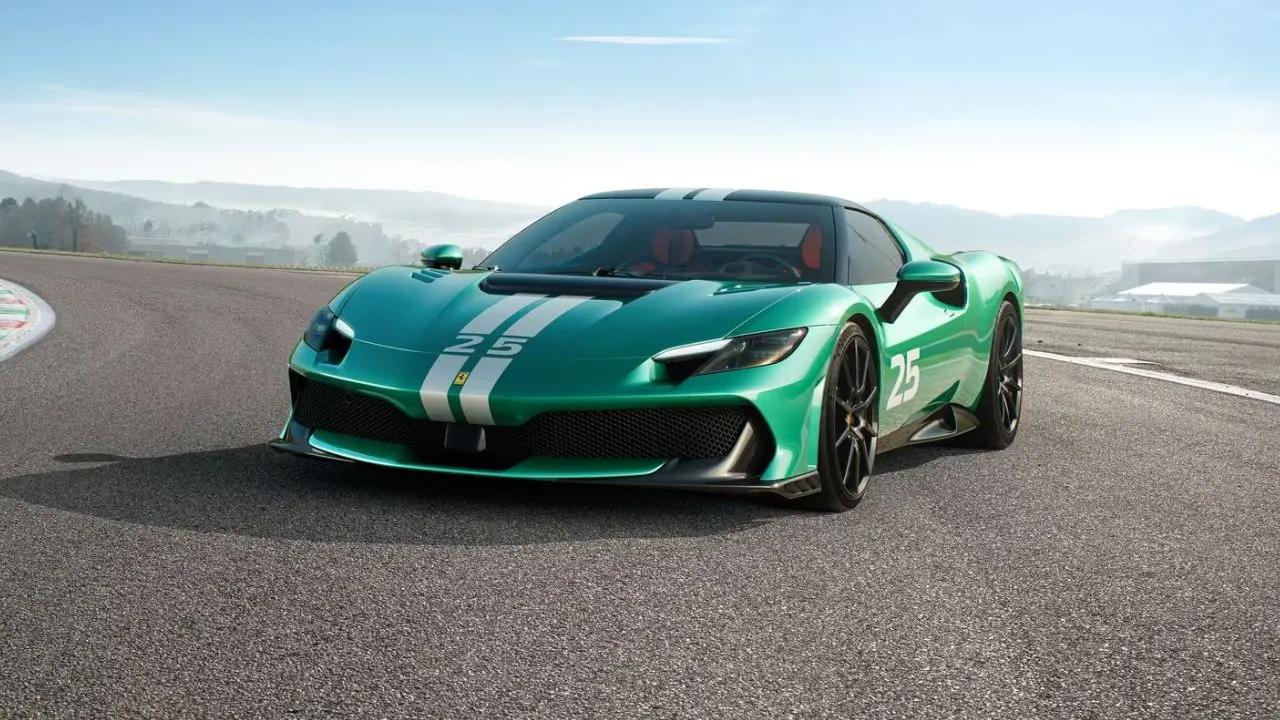
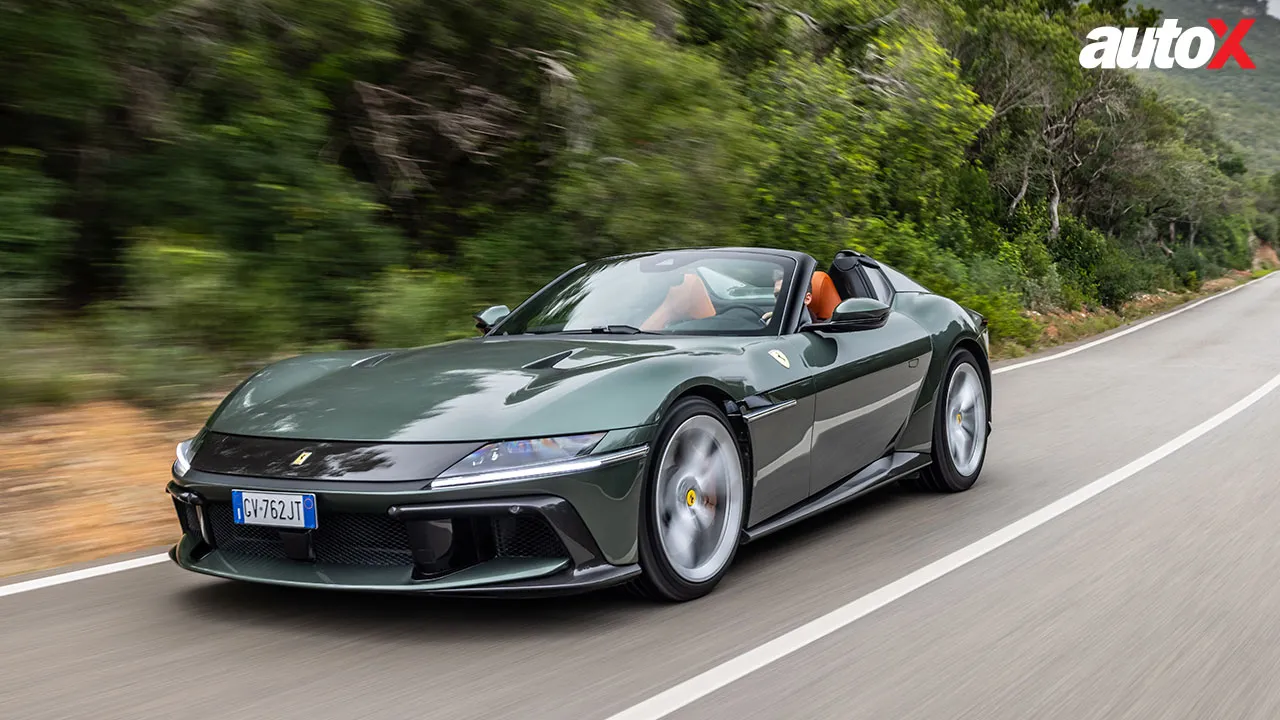
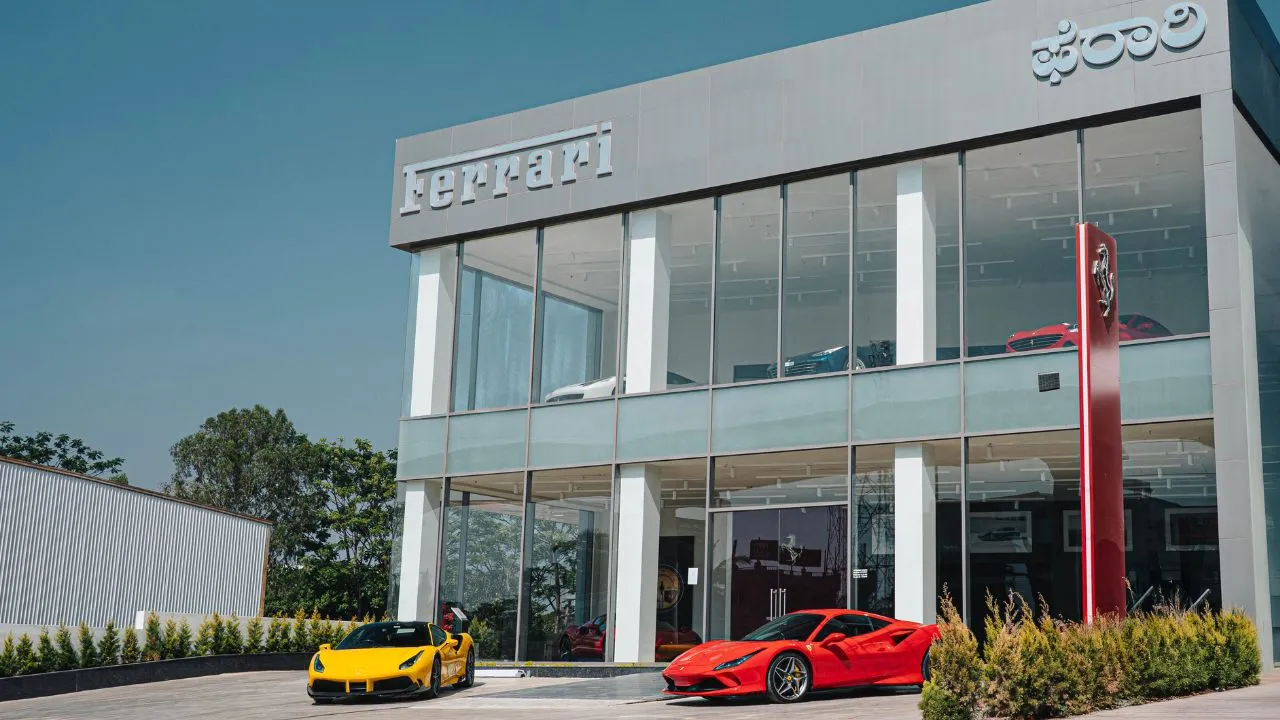
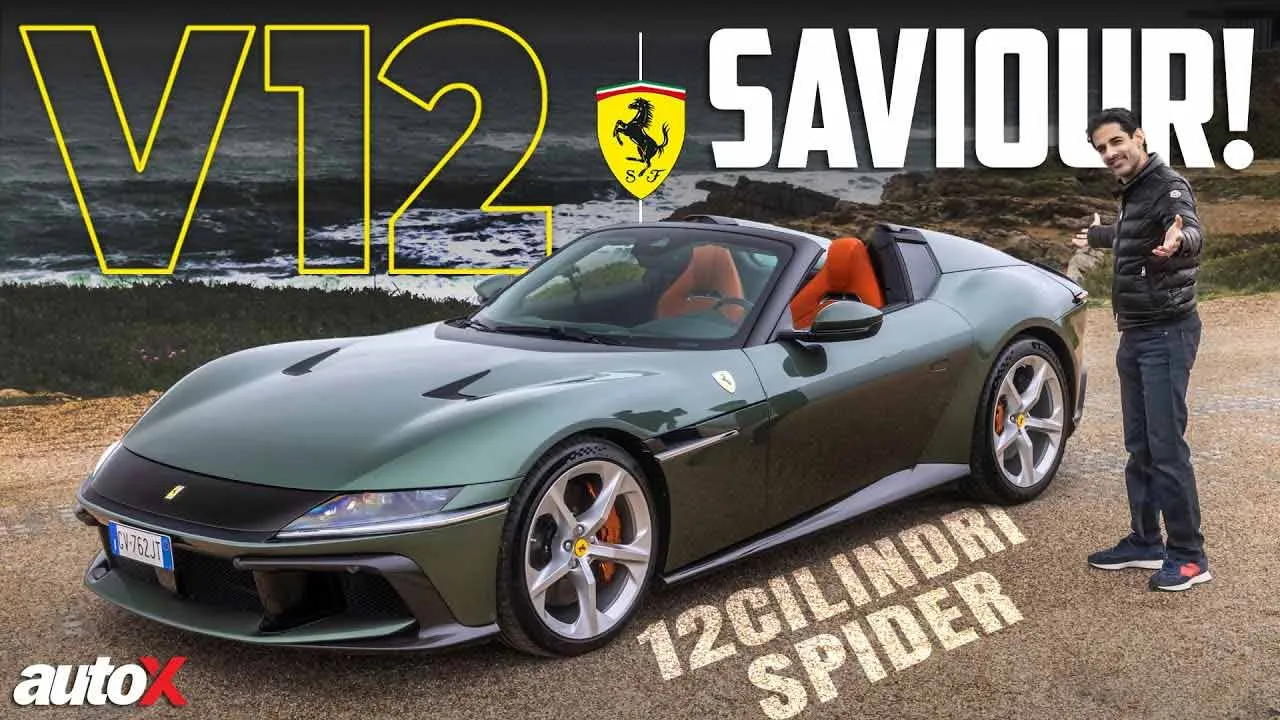

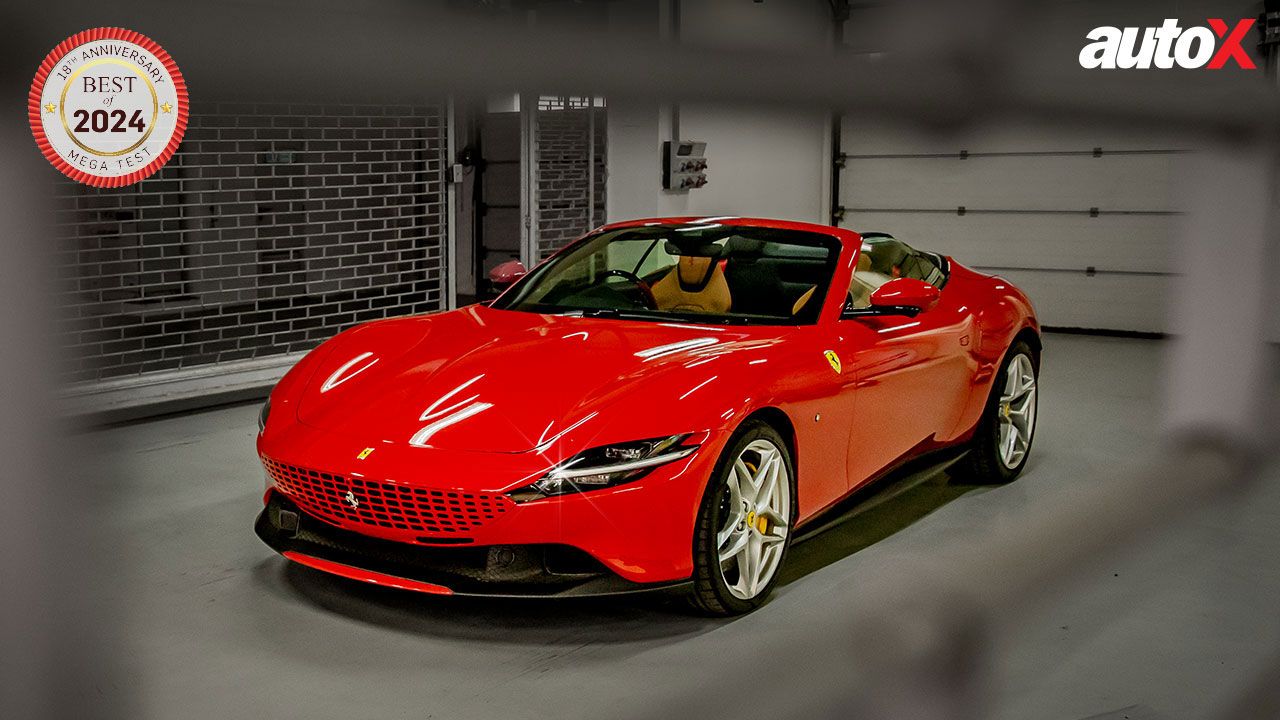




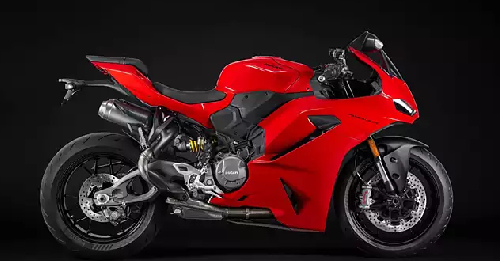

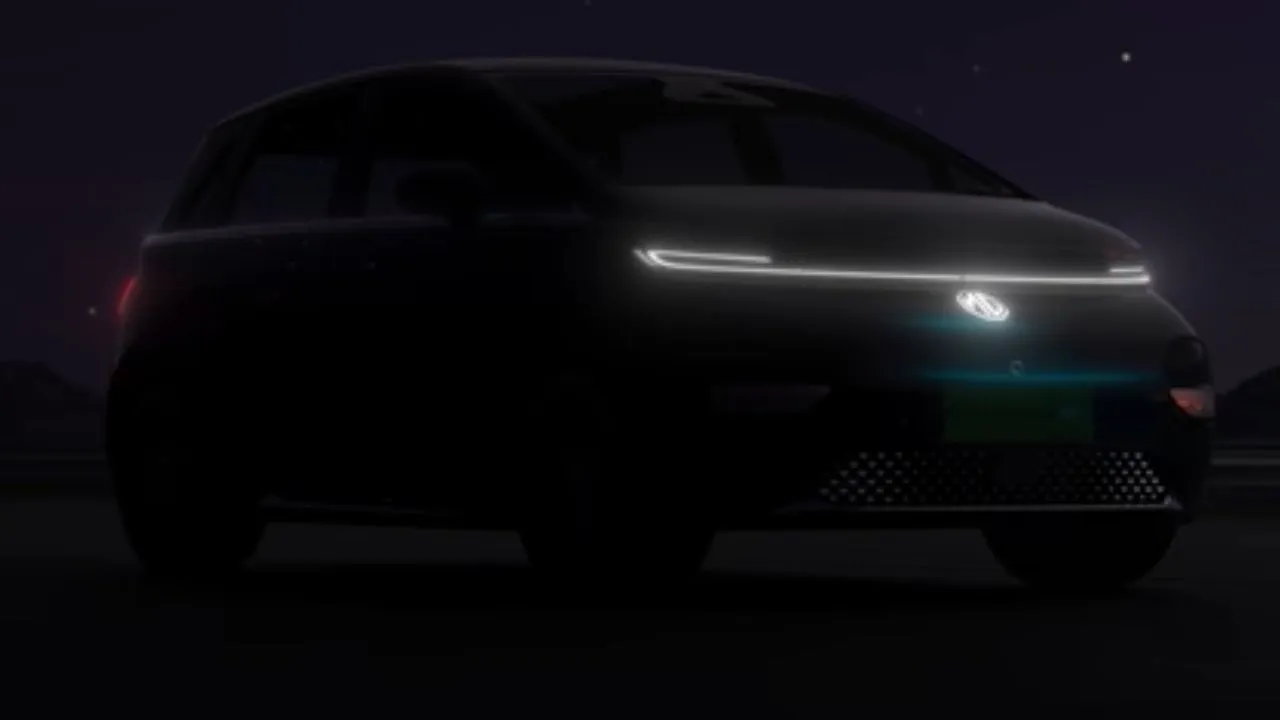



Write your Comment on